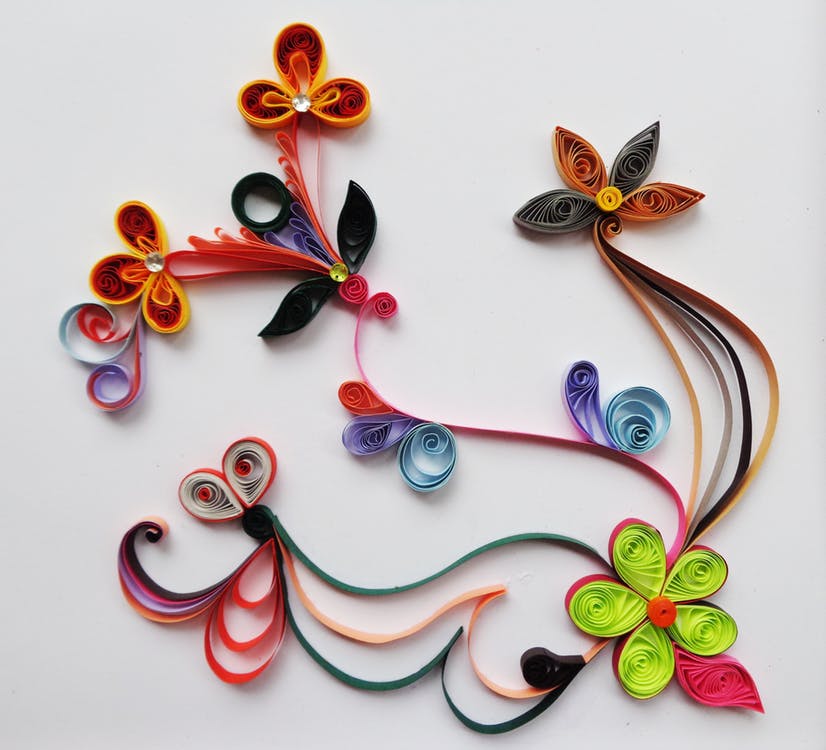
Graphic design and communication is something that has been part of human history since the beginning of time. We have always etched and drawn, using natural materials and coloring agents. In fact, drawing as a language existed before the written language, and that, according to Brendan Wetzel, is an important psychological point to remember. We know that humans want to tell stories, and that pictures tell a 1,000 words, essentially.
Brendan Wetzel on Digital and Technical Illustrations
Today, all our work is digital and technical, but illustrations made through this continue to serve the same purpose: to communicate important information. Graphic design has been used to communicate and store information since we lived in caves. It is a manual skill in which a designer translates the things they see for others to enjoy. This goes beyond the art of drawing. Rather, graphics are about using complex structures and people need to have a real talent for this.
The role of graphics and of drawing in our human lives is the same. They both refer to the markings that are made with different mediums in an effort to communicate an idea without the use of words. It is a bold and lively form of communication, and one that will never wear out. Each graphic element contains a huge amount of information about the artist, but also about the time in which it was created, and about the imagery they aimed to make. Essentially, the artist creates a cognitive link between themselves and their viewers. This link changes with the passage of time, however, as human perception and cognition changes as well.
Stimulation and perception are the two key psychological concepts that link to graphics and drawing. It is also known as “the psychology of perception”, which is a scientific framework that applies to all natural beings. It is possible to adapt drawing styles in different ways, such as technical illustrations, planning, signals, diagrams, and caricature. The chosen style, meanwhile, tells us a lot about the personality of the artist and their personal perceptions but also their way of thinking. Someone who uses geometrical shapes in their art, for instance, is more likely to be a logical, rational thinker.
On the other hand, there are people who doodle. They scribble random shapes without thinking about what they are doing. Yet even their doodles tell people a lot about who they are. It has even been known to be a trigger for other artists and huge works of art. Doodling is said to happen when people want to express themselves creatively, but they are frustrated at their inability to do so due to social and financial expectations placed on them.
Drawing is clearly a psychological thing. This is also why children’s drawings are so interesting. They often lack the vocabulary to truly explain what goes on with them, and choose instead to draw images with certain shapes, colors, and even pressure of their pencil. All of that is highly telling.


